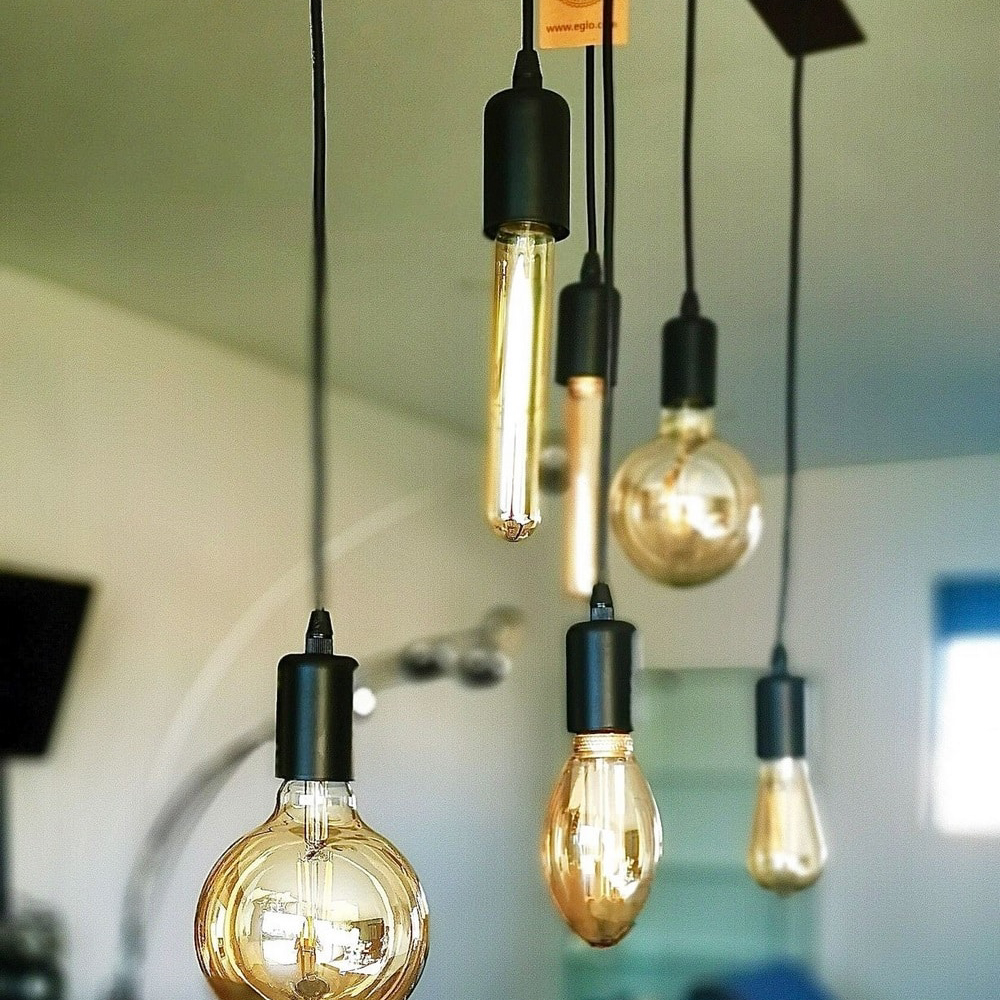
IKEA Furniture Review

IKEA is one of the most popular furniture stores in the world, offering a wide selection of modern designs that are affordable. Their minimalist pieces often resemble higher-end designer brands, but are available for a fraction of the price. In addition to their budget-friendly designs, IKEA has also become a trendsetter with its collaborations with designers and limited edition collections Buboliving.
But while IKEA has definitely made strides in updating their style and sourcing new materials, there is still some concern about the quality of IKEA furniture. This is especially true for IKEA kitchen and dining room furniture. In the past, IKEA’s furniture has been criticized for a lack of durability and for falling apart easily. But IKEA has recently begun to make changes in these areas, including banning PVC and reducing formaldehyde in lacquers and glues. And in recent years, the company has been updating some of its classic pieces to provide better functionality and to improve their appearance.
Most of IKEA’s furniture is made from wood. This includes melamine, which is made from wood chips, sawdust, and cellulose, as well as solid hardwood. Solid wood is stronger than melamine and can be stained or painted to match other furniture. IKEA also offers a number of different wood finishes, such as oak, walnut, and teak. Solid wood furniture is more expensive than melamine, but it will last longer and can be refinished if needed.
IKEA also offers a number of other materials, such as steel and plastic. Their metal furniture typically consists of a steel frame and either a plastic or metal top. Their plastic furniture consists of either polypropylene, high-density polyethylene, or ABS. Particle board is another material that IKEA uses, though it is less durable than other furniture materials. IKEA has a variety of options for bedroom furniture, including dressers, nightstands, bed frames, and wardrobes.
In addition to IKEA’s line of furniture, the store also sells a wide range of other home goods and accessories. This includes rugs, curtains, lamps, and other decorative items. They also offer a range of storage solutions, such as cabinets and armoires. Many of these products are designed to be self-assembled, which helps them keep costs low and reduce their environmental impact by using less packaging.
While IKEA’s selection is large, it can be difficult to find the right pieces for your home. To help, the site offers free design services and an extensive online catalog of ideas and inspiration.
If you’re looking for a quality alternative to IKEA, check out Birch Lane. This retailer carries furniture and decor from well-known brands as well as its own private label. Their selection also focuses on longevity, with pieces like the Gerton solid beechwood tabletop and Tornviken solid oak kitchen island that are built to last. Plus, this store has a generous return policy and phenomenal customer service. If you’re not happy with your purchase, it can usually be returned within 60 days. Customers can even schedule at-home delivery for larger furnishings.